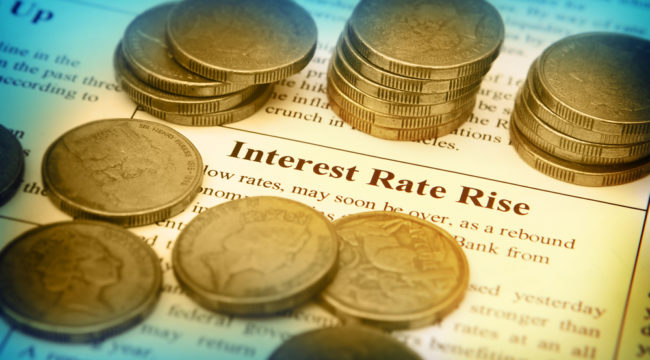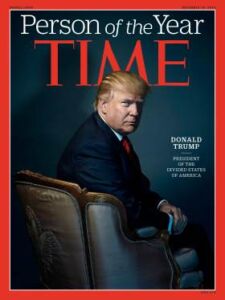The Fed’s Lost Opportunity to Return to Normal
by Jim Rickards, Daily Reckoning:

Current Fed policy will push the U.S. economy to the brink of recession, possibly by later this year. When that happens, the Fed will have to reverse course and ease monetary policy.
Meanwhile, the economic cheerleaders recite recent GDP figures and the stimulative effects of the Trump tax cuts.
There’s one problem with the happy talk about 3–4% growth. We’ve seen this movie before.
In 2009, almost every economic forecaster and commentator was talking about “green shoots.” In 2010, then-Secretary of the Treasury Tim Geithner forecast the “recovery summer.” In 2017, the global monetary elites were praising the arrival (at last) of “synchronized global growth.”
None of this wishful thinking panned out. The green shoots turned brown, the recovery summer never came and the synchronized global growth was over almost as soon as it began.
Strong quarters have been followed by much weaker quarters within six months on six separate occasions in the past nine years. There’s no reason to believe this time will be any different.
This expansion has been extraordinarily long — over 30% longer than average — indicating that a recession should be expected sooner rather than later.
Into this mix of weak growth comes the Federal Reserve, which is tightening monetary policy, reducing the base money supply and supporting a strong dollar. All of these policies are associated with slower growth ahead and a high probability of recession.
In a typical business cycle, the economy starts from a low base, then gradually business starts expanding, hiring picks up, more people spend money, and businesses expand.
Eventually, industrial capacity is used up, labor markets tighten, resources are stretched. Prices rise, inflation picks up and the Fed comes along and says “Aha! There’s some inflation. We’d better snuff it.”
So it raises rates, usually for a full cycle.
Eventually it has to lower rates when the process goes into reverse. That’s the normal business cycle. It’s what everyone on Wall Street looks at. And historically, they’re right. That process has happened dozens of times since the end of World War II.
The problem is, that’s not what’s happening now. We’re in a new reality.
This is a result of nine years of unconventional monetary policy — QE1, QE2, QE3, Operation Twist and ZIRP. This has never happened before. It was a giant science experiment by Ben Bernanke.
And that’s the key. You have to have models that accord to the new reality, not the old. Wall Street is still going by the old model.
The new reality is that the Fed basically missed a whole cycle.
They should have raised rates in 2009, 2010 and 2011. Economic growth was not powerful. In fact it was fairly weak. But it was still the early stage of a growth cycle. If they had raised rates, many would have grumbled, the stock market would have hit a speed bump, but it wouldn’t have been the end of the world.
We’d just had a crash. But by the end of 2009, the panic was basically over. There was no liquidity crisis. There was plenty of money in the system. There was no shortage of money and interest rates were zero. They could have tried an initial 25-point rise but didn’t.
This isn’t Monday morning quarterbacking, either. I was on CNBC’s “Squawk Box” in August ’09. The host turned to me and asked, “Jim, what do you think the Fed should do?”
My response was, “They should raise rates a little bit, just to say they were going to get back to normal.” Of course, that never happened.
Now we’re at a very delicate point, because the Fed missed the opportunity to raise rates all those years ago. They’re trying to play catch-up, and its June rate hike was the seventh rate hike since December 2015.
Economic research shows that in a recession, they have to cut interest rates 300 basis points or more, or 3%, to lift the economy out of recession. I’m not saying we are in a recession now, although we could be close, much closer than many think.
But if a recession arrives in a few months, how is the Fed going to cut rates 3% if they’re only around 2%?
The answer is, they can’t.
Read More @ DailyReckoning.com
Loading...



